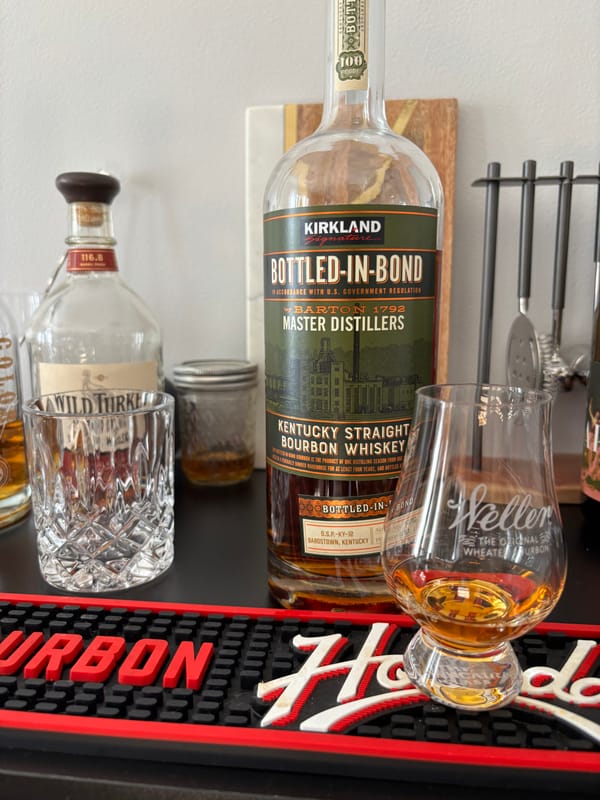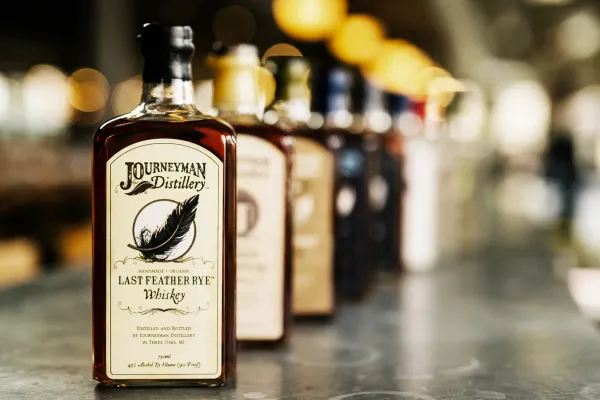Whiskey Classification Types: The Labels You’ll Wish You’d Learned Sooner

Whiskey Classification Types: The Whiskey Identity You Can’t Skip
Whiskey classification types aren’t just labels. They’re the legal identities that distinguish every bottle’s style and origin. If you don’t know these categories, you’re missing the identity that guides every sip. For whiskey enthusiasts eager to navigate bottles, this is the solid truth about whiskey classification types, grounded in legal standards and craft, and a 2025 must-know.
What Are Whiskey Classification Types?
U.S. law classifies whiskeys: bourbon (51% corn, new charred oak), rye (51% rye), wheat (51% wheat), corn (80% corn), and straight whiskey (aged two-plus years, no additives). Scotch (Scotch Whisky Regulations 2009) includes single malt, single grain, blended malt, blended grain, and blended Scotch, aged three-plus years in oak. Irish whiskey (Irish Whiskey Act 1980) covers single malt, single pot still, single grain, and blended, also three-plus years. Each type, bottled at 80 proof minimum, uses specific grains and processes, defining flavors like bourbon’s caramel or Scotch’s peat.
How Classifications Shape Whiskey
Bourbon’s high corn yields sweetness, aged four to eight years in charred oak (20-100°F). Rye’s rye grain adds clove, while wheat whiskey offers soft bread notes. Scotch single malts, from one distillery’s malted barley, deliver rich malt, unlike blended Scotches, which mix grain whiskeys. Irish single pot still, using malted and unmalted barley, produces spicy fruit, distinct from bourbon’s profile. Classifications ensure legal authenticity, with fermentation (8-10% ABV in three to five days) and distillation (160-190 proof max) tailored to each type’s flavor.
Why Classifications Matter for Your Sip
A bourbon at 80 proof bursts with toffee, a rye at 95 proof delivers pepper, and a Scotch single malt at 86 proof offers smoky malt, per legal standards. Misclassified whiskeys mislead on flavor. Every sip reflects the type’s distinct identity, making your next bottle a clear expression of its class.
Why Whiskey Classification Types Matter in 2025
Whiskey classification types are your bottle’s legal blueprint. By 2025, understanding these labels could make every sip a confident taste of craft, from sweet to complex. It’s the truth in the label, so don’t miss the identity.
Check out NEAT: Whiskey Finder—it’ll help you track down bourbon and whiskey near you.





